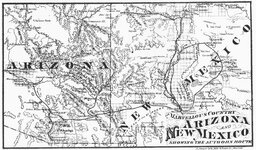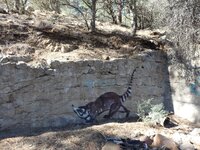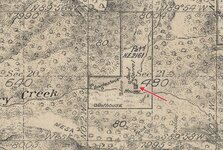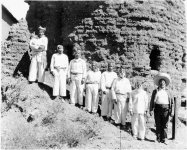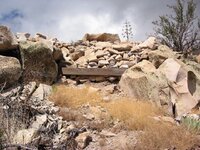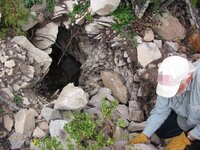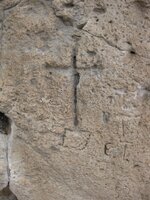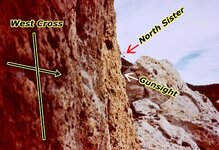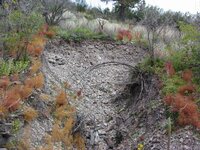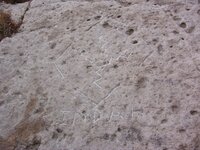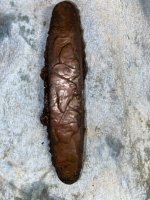Dr. Syn
Sr. Member
sdcfia, Very impressed with what you've "dug up" so to say, about this. Instead of going willy nilly into the haystack looking for the needle, you are doing the homework needed to centralize the spot. As many have found, or not so, you can take a "treasure map" and/or story out in that country and find a thousand places that all match most of the listed spots.
And just a thought as to the Fort names. I had mentioned this elsewhere here, when giving directions to someone, you use the current info.
For me to tell someone today to look for Kippy's barn, they wouldn't have a clue what I was talking about. But if when giving directions, I would say look for the Svonavec's burned out foundation, they would easily know what I'm talking about.
As stories get intermixed the names of places in them can also get screwed up. So Ft. so and so, that was located 50 miles down the road, became Ft. such and such years later when it moved. So when someone talks about it, you need to know are they talking about the original location, and/or name, for the time frame.
I would tend to think a lot of authors get caught in this trap. They get their info, and with it a little old and a little new, and they put two and two together and come up with five, instead of three. And Joe Schmoe reads the book, taking it as gospel, and we have another body out in the mountains.
And just a thought as to the Fort names. I had mentioned this elsewhere here, when giving directions to someone, you use the current info.
For me to tell someone today to look for Kippy's barn, they wouldn't have a clue what I was talking about. But if when giving directions, I would say look for the Svonavec's burned out foundation, they would easily know what I'm talking about.
As stories get intermixed the names of places in them can also get screwed up. So Ft. so and so, that was located 50 miles down the road, became Ft. such and such years later when it moved. So when someone talks about it, you need to know are they talking about the original location, and/or name, for the time frame.
I would tend to think a lot of authors get caught in this trap. They get their info, and with it a little old and a little new, and they put two and two together and come up with five, instead of three. And Joe Schmoe reads the book, taking it as gospel, and we have another body out in the mountains.




